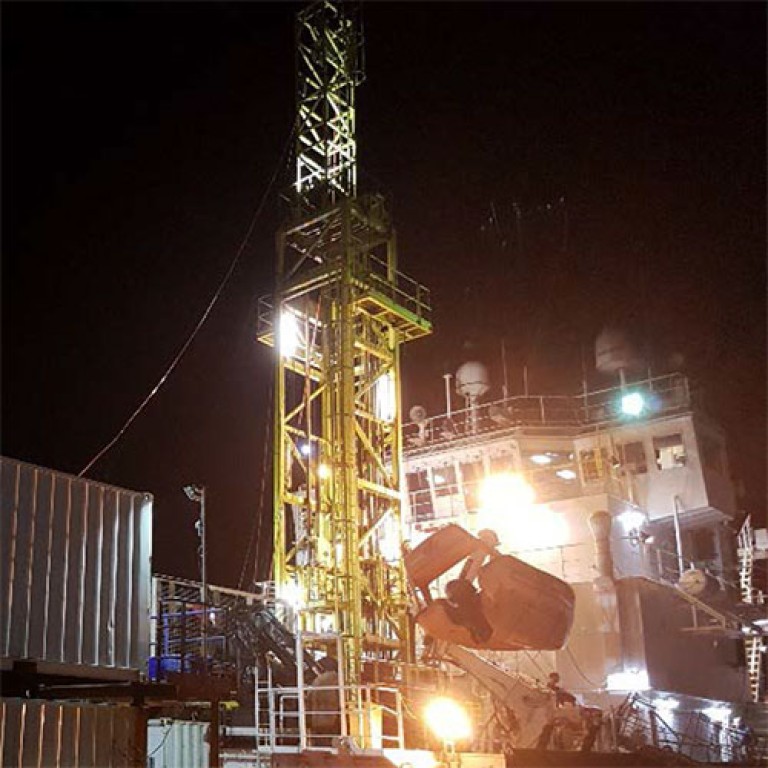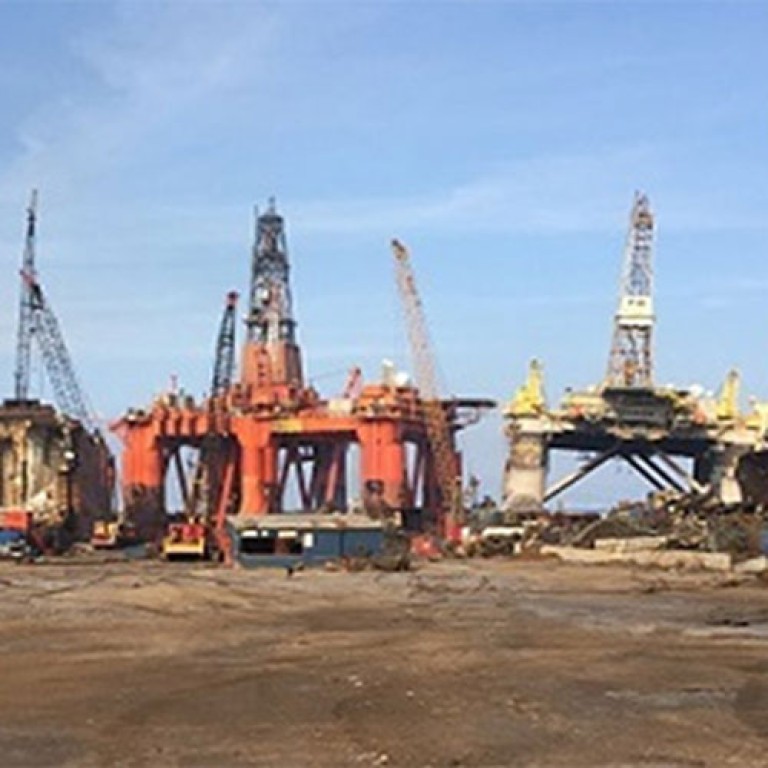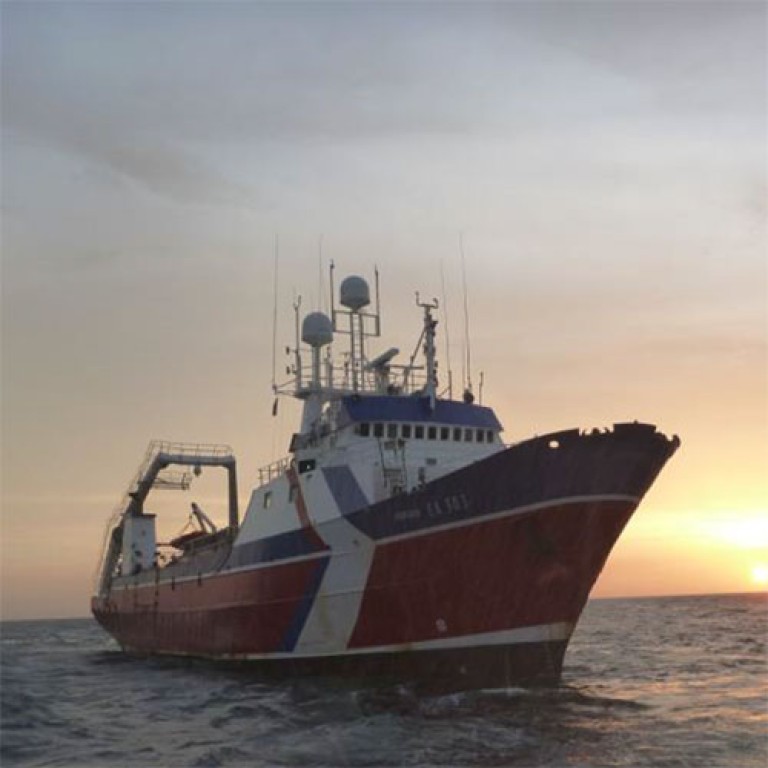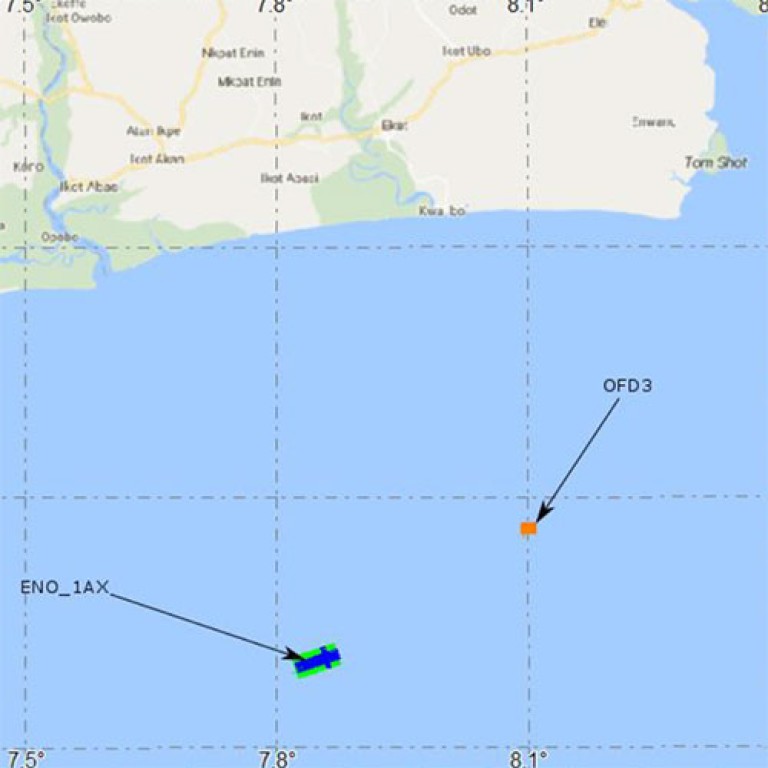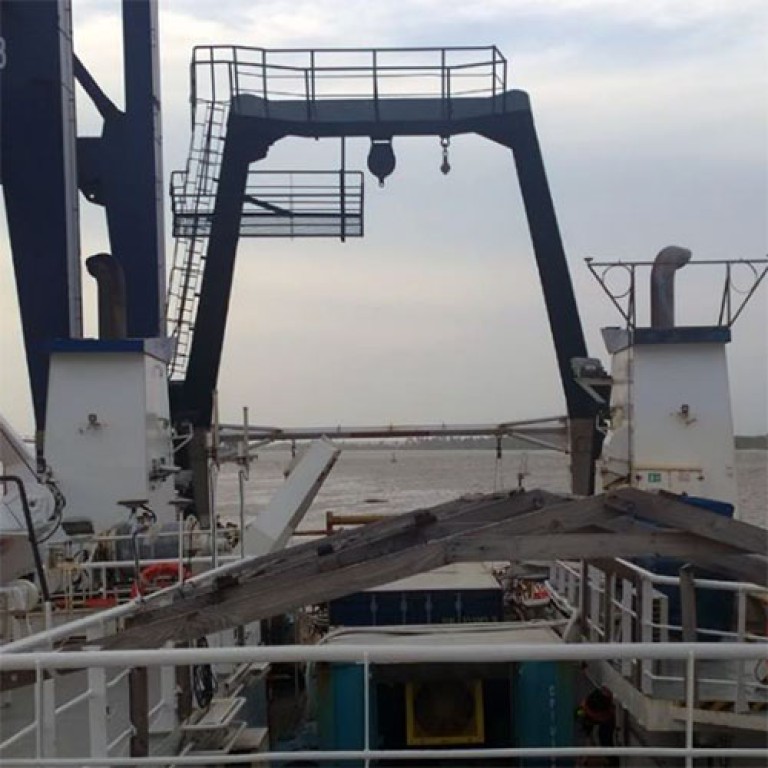Despite the seven seas interconnection, there are certain features that keep local communities distinct within the global biodiversity. For most coastal species the ocean environment is harsh, inhibiting them from moving habitat elsewhere. Distances are too long to be naturally transposed.
Mechanisms by which humanity accidentally aids migration of species, transporting a whole range of organisms are called vectors of introduction and these are chiefly associated with cargo shipping and oil & gas activities. Two ways marine and freshwater organisms are transported to new environments are hull fouling and ballast water, breaking natural distribution boundaries and interfering with community structures.
Once introduced, species distribution can become exponential and rampant. "An invasive alien species (IAS) is a species that is established outside of its natural past or present distribution, whose introduction and/or spread threaten biological diversity” (Convention on Biological Diversity).
The introduction of harmful non-native species to new marine environments is believed to be one of the four greatest threats to the world's oceans and a leading cause of species extinctions, considering their potential to damage the environment, change ecosystems, reduce biodiversity and eliminate vital components of the food chain.
Exotic species invasion caused by asset regional relocations are a polemic but unavoidable component of the global oil and gas industry.
Tubastraea coccinea (orange-cup coral), native to the Indo-Pacific, has been introduced to all continents, except for Antarctica, and is known for competing with native benthic invertebrates for space and for compromising their communities. The reduction of native sponges and native corals also have significant effects on invaded ecosystems. Since the 1940s it has massively extended its range to become invasive in the Atlantic Ocean.
While studying this specific coral, researchers found a new invasive coral species, the black sun coral Tubastraea micranthus, sucessfully established on gas and oil platforms in the Gulf of Mexico. Black sun corals can thrive on highly exposed habitats competing with other benthic epifauna for space. Tubastraea corals are ahermatypic and azooxanthellate that settle and develop in consolidated substrates, rocky shores and shallow waters.
Despite uncertainties about the absolute magnitude of sun coral impacts to the local biosystem, potential risk posed by the invasion include displacement of native species, parasitism, competition, predation and possible biodiversity loss, changes to the habitat, to the trophic chain and to nutrient cycling, new invasive species survival capacity increase, as well as the destruction of ecosystems that, in some cases, may be unique.
Enviros carries out campaigns for the diagnosis and proper removal of invasive or exotic species bearing in mind legal compliance, the need of not greater contamination from the release of larvae into the environment.
- Pre and post frontier assessments;
- Remote visual inspection and reporting on the distribution and density of exotic species;
- Support and/or elaboration of technical specifications for prevention/inspection/control of exotic species;
- Proper removal of bioinvasion;
- Sun Coral free certificate for cross-border rigmoves and contract compliance.
KNOW MORE ABOUT
OUR SERVICES
Successful Projects
